Table of Contents
Would you like to lose a few kilos, but the idea of weighing, keeping track and constantly checking your food scares you? Are you getting tired monitoring whether you’ve overdone it today with the amount of fat or if you’re lacking in protein? The good news is that you don’t have to. Weighing food and tracking energy single intake value is effective and efficient, but not necessary.
Teas for weight loss will not save you. Low energy intake is the answer.
You will succeed in losing weight only when your energy intake is lower than energy expenditure. You won’t lose weight with miracle teas or drinking apple cider vinegar, but by reducing the amount of energy you take in from your diet and increasing your energy expenditure with daily exercise. However, you do not have to worry that the amount of food will be extremely low and you will starve. A high-quality reduction plan with a large amount of food with a low energy value can surprise you with unexpectedly large portions.
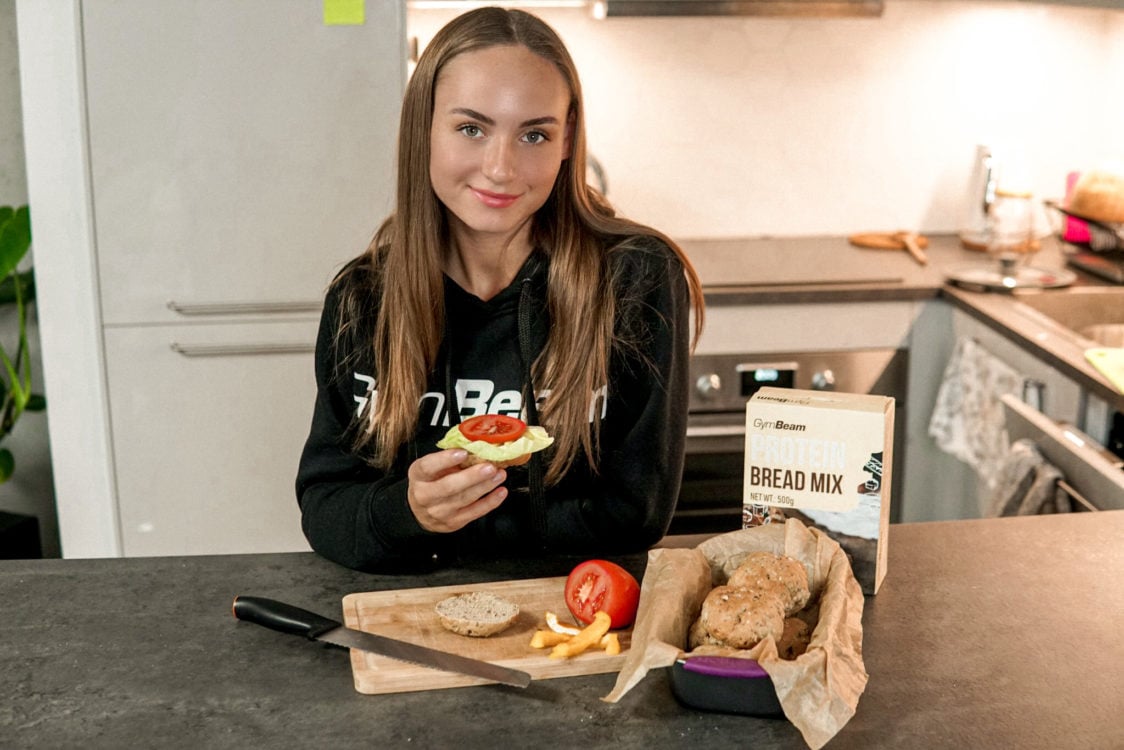
Before we start, we have to answer the questions that are on the mind of everyone who wants to start losing weight:
- How fast will I be losing weight?
- How long will it take me?
- Will I make it before the wedding?
- Can I lose 15 kilos in a month?
The article 10 Things You Need to Know Before You Start Losing Weight can also help clarify the topic of weight loss.
Don’t expect miracles and rather reduce the weight slowly
You might be able to do it if you go on some drastic diet. But then you can be almost sure that the weight will be back within a few months, most likely with some extra kilos. A strict diet often results in a loss of fat, but also muscle mass. However, this drastic approach cannot be maintained for a long time, so sooner or later you will return to your original habits. Returning to the old diet will also typically cause weight gain, but this time probably mainly in the form of fat. In order to avoid the yo-yo effect and allow your body to adapt to ongoing changes, slow weight loss is more beneficial. It is recommended to lose weight at a rate of 0.5 – 1 kg per week. However, the pace at which you succeed in losing weight will depend on many factors. It will be important, for example, what your starting weight is or how strictly you will follow the reduction plan. [3]
You might be interested in these products:
You can also find more information on this topic in the article Simple Weight Loss Basics: You Will Be Surprised What Is Really Important.
9 tips on how to easily reduce energy intake and lose weight with food
1. Eat regularly, several meals a day, avoid snacking between meals
“I eat so little and I still don’t lose weight!” Said Mrs. Smith, who after breakfast had a snack – two portions of fruit, returned after a while for a handful of nuts and then was tasting what she was cooking. After eating her lunch, she finished what was left on the children’s plates as well and treated herself to a biscuit with her afternoon coffee. The snack wasn’t enough for her, so she later ate some dried fruit and in the evening, while watching a TV show, she satisfied her appetite with cheese and some more nuts.
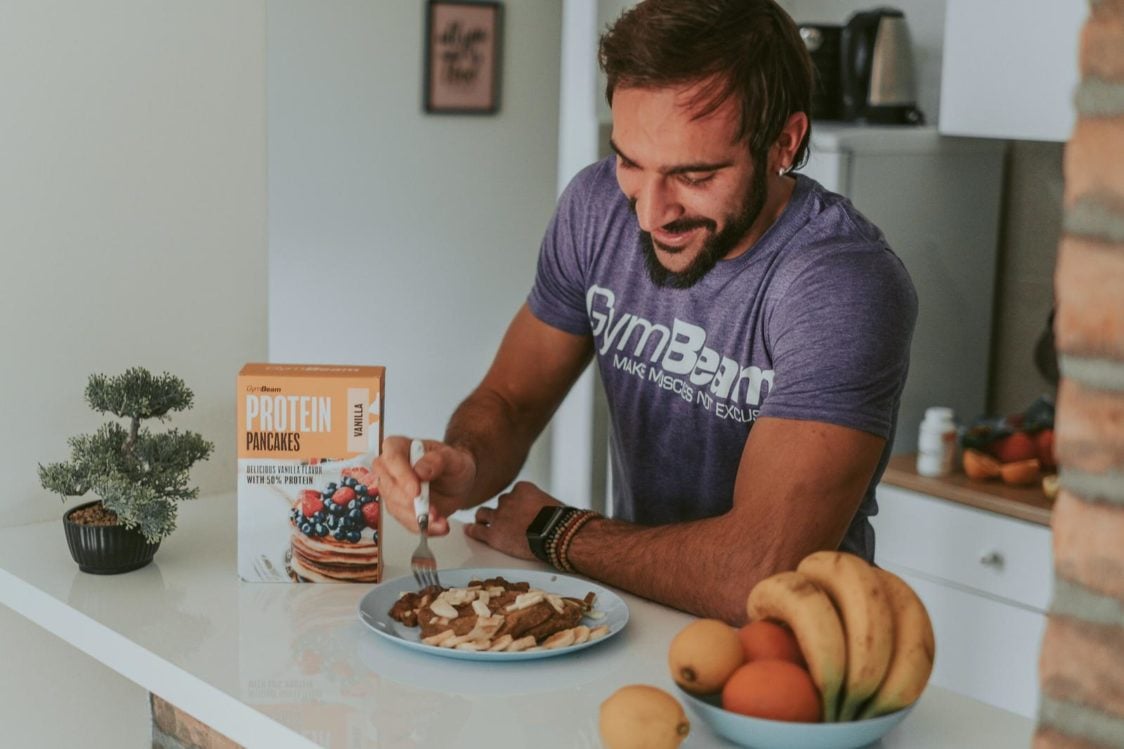
At first glance, it seems to her that the portions are small and, moreover, she is constantly hungry, so she is convinced that her energy intake is low. In reality, however, the energy value of all the foods that she ate in-between the main meals, will make up for at least one more hearty meal. And that’s how easy can energy intake get too high for her to succeed in losing weight. A number of small snacks often indicates that the main dishes are too restrictive and unsatisfying.
Don’t make the same mistake as Mrs. Smith. Stop munching between meals. Treat yourself to three main meals and, if it suits you, add two snacks. It depends on you whether you eat 3, 4 or 5 times a day. Everyone is different. However, make sure that there is nothing extra added during the day.
If you are interested in more tips, read our article titled How Is Snacking Holding You Back from Losing Weight? 11 Easy Ways to Get Your Diet Under Control.
2. How to lose weight without exercise? Put your menu together properly, don’t forget protein and fibre
You will be able to maintain a prescribed diet without the above-mentioned munching for a long time only when the food satiates you sufficiently. A complete meal after which you’re not hungry, contains complex carbohydrates, proteins, fats and fibre.

What contains carbohydrates and what foods to eat?
- First of all, all cereals contain carbohydrates. It includes, for example, wheat, rye, barley, corn, oats, millet, rice, sorghum or millet.
- Let’s not forget pseudocereals – buckwheat, amaranth, quinoa.
- Next on the list are all products made from cereals and pseudo-cereals. It includes baked goods, flour, pasta, bulgur, oatmeal, groats, semolina, muesli, various instant porridges, etc.
- Complex carbohydrates can also be found in legumes – lentils, beans, peas, mung beans, chickpeas, etc.
What contains proteins and what foods to eat?
- Meat and meat products, fish and seafood are considered a source of protein.
- This also includes all dairy products – cheeses, cottage cheese, yogurts, cream cheese, etc.
- Eggs or plant-based alternatives to meat, such as tofu, tempeh, soy meat, robi or seitan are included as well.
- Legumes are also a plant-based source of protein.
- Don’t forget about concentrated protein sources, which include whey or plant-based protein or protein bars.
What contains fats and what foods to eat?
- Fat is found in all animal products (meat, fish, meat products, dairy products).
- Choose lean meat and meat products and dairy products with a lower fat content.
- Vegetable fat found in oils, nuts and seeds is also important to mention.
- Fatty saltwater fish are also a good source of fat.
What contains fibre and what foods to eat?
- Legumes contain the most fibre.
- Second in order are whole grain products, such as whole grain bread, whole grain pasta, organic rice, oatmeal, etc.
Using an example, we will show you a correctly and incorrectly assembled breakfast. On Monday morning, our friend Mrs Smith treated herself to oatmeal boiled in water and added banana and raspberries. On Tuesday morning, she had yogurt with buckwheat flakes, to which she added strawberries and some almonds.
After which meal was she fuller? On Tuesday, she definitely stayed full for a longer time, because the food contained all the nutrients (yogurt – source of protein, flakes – a source of complex carbohydrates and fibre, strawberries – a source of fibre, almonds – a source of fat). The Monday’s breakfast – cereal, water and fruit, lacked proteins and a source of fat. It was proteins that played the biggest role, because they have the greatest satiating ability of all macronutrients and thus have a great impact on feeling full.
You can learn more about diet in the article What Is a Healthy Diet and How to Learn to Eat Healthy.
3. Put together your own healthy plate
Break down carbohydrates, proteins and fats in food according to the following rules:
- Fill ½ of the plate with vegetables and fruits, which will provide you with antioxidants, vitamins and minerals and will satiate you thanks to the fibre content. You should eat at least 400 g of vegetables and 200 g of fruit per day.
- ¼ of the plate should be filled with a source of protein.
- Fill the remaining ¼ of the plate with a source of carbohydrates. Choose foods containing complex carbohydrates (cereals and cereal products), ideally their whole-grain variants (whole-grain bread, whole-grain pasta, organic rice, etc.).
- Fats are part of all animal foods that are regularly used in cooking, so you don’t need to focus on them. However, you can’t go wrong if you have a small handful of nuts or seeds, and 2 times a week you eat seawater fish. [1]
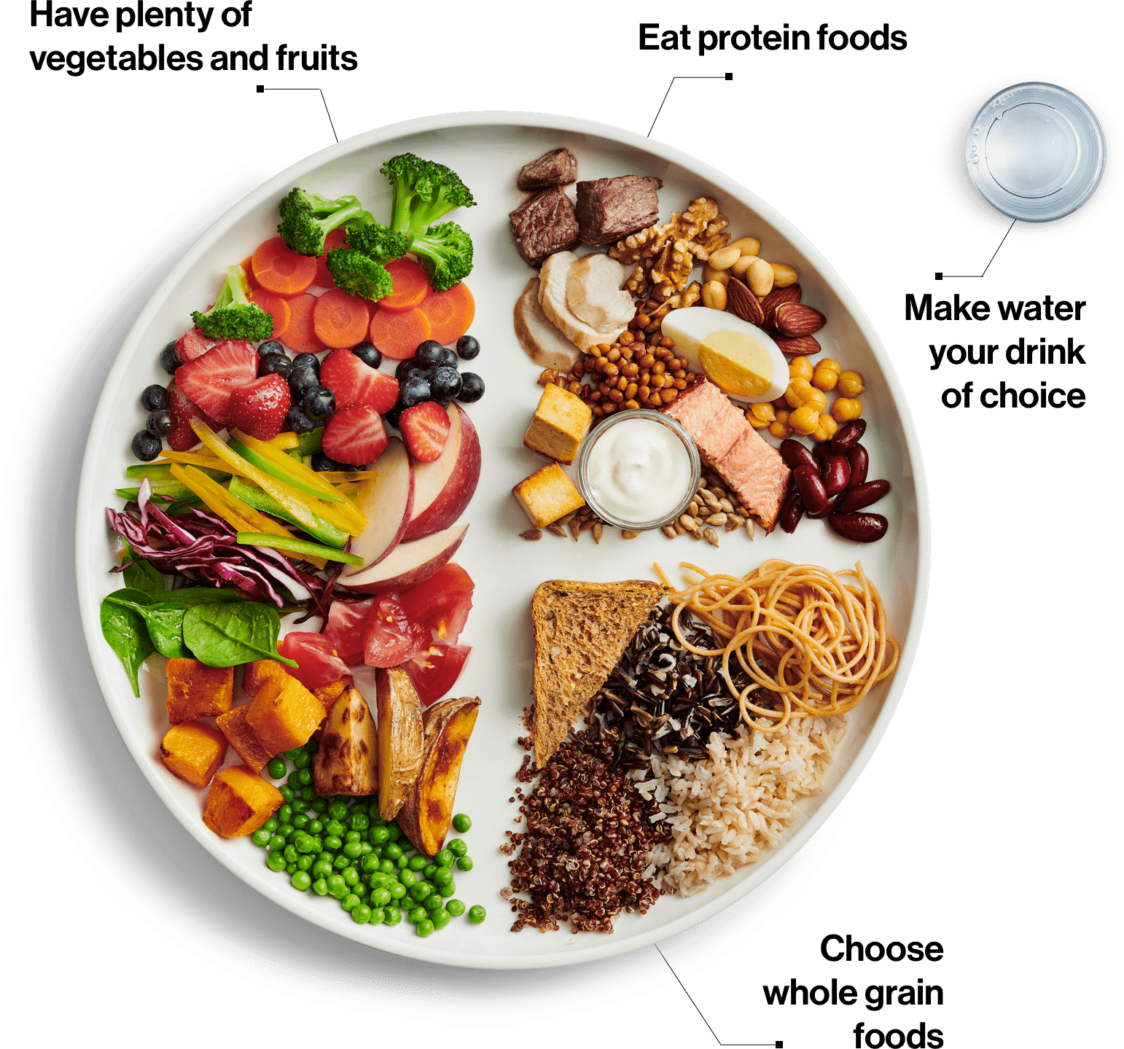
4. Use your hand to measure portion size
You do not need to weigh the food to know the right amount. All you have to do to measure your portion is to use your hand instead of a scale.

How to do it?
- Protein foods should be the size of your palm. One palm corresponds to approximately 20-30 g of protein and you can think of it as a cup of yogurt, 2 eggs or 85-115 g of tofu or cooked meat.
- The amount of carbohydrate foods should be as much as you can fit in your fist. One fist will have around 20-30 g of carbohydrates and it can be 100-130 g of a cooked side dish, a slice of bread or one medium-sized piece of fruit.
- A portion of vegetables is as big as your fist. One such large portion corresponds to approximately 100-130 g of vegetables.
- Use just enough fat so that the portion is the size of your thumb. You can put a thumb of nuts or nut butter, a thumb of butter or a thumb of oil (1 tablespoon) on your plate. The amount of fat per serving is 7-12 g. [4]

For an average woman, it might look something like this:
- One daily meal: one serving (1 palm) of protein foods, one serving (1 cupped hand) of carbohydrate foods, one serving (1 fist) of vegetables, 1 serving (thumb) of fat
- Intake for a whole day: 4-6 servings of carbohydrate foods, 4-6 servings of protein foods, 4-6 servings of fat, 4-6 servings of vegetables
- Converted, the indicated daily intake is 1400-2100 kcal, 115-170 g of protein, 125-185 g of carbohydrates and 50-80 g of fat
For an average man, it might look something like this:
- One daily meal: 2 servings (2 palms) of protein foods, 2 servings (2 cupped hands) of carbohydrate foods, 2 servings (2 fists) of vegetables, 2 servings (2 thumbs) of fat
- Intake for a whole day: 6-8 servings of carbohydrate foods, 6-8 servings of protein foods, 6-8 servings of fat, 6-8 servings of vegetables
- Converted, the indicated daily intake is 2300-3100 kcal, 180-245 g of protein, 205-270 g of carbohydrates. 85-115 g of fat [4]
Approximate energy and nutrient values in servings suitable for an average woman:
| 1 palm of protein foods | 22 g | 2 g | 4 g | 130 kcal |
| 1 cupped hand of carbohydrate foods | 3 g | 22 g | 1 g | 110 kcal |
| 1 fist of vegetables | 3 g | 5 g | 0 g | 25 kcal |
| 1 thumb of fat | 2 g | 2 g | 8 g | 90 kcal |
Approximate energy and nutrient values in servings suitable for an average man:
| 1 palm of protein foods | 24 g | 2 g | 4.5 g | 145 kcal |
| 1 cupped hand of carbohydrate foods | 3 g | 25 g | 1 g | 120 kcal |
| 1 fist of vegetables | 1.5 g | 5 g | 0 g | 25 kcal |
| 1 thumb of fat | 2 g | 2 g | 9 g | 100 kcal |
If your goal is to lose weight, take away 1-2 servings of carbohydrates and 1-2 servings of fat. At the same time, however, it is important to observe whether weight loss is successful or not, and to make further changes in servings based on that. However, in order to achieve the desired goal and reduce your weight, the correct choice of food is also necessary. Even when using this method of serving estimating, you should always pick some good ham instead of salami, plain yogurt instead of sweet one, or a whole grain bread instead of a white one. A balanced diet containing the right foods will bring results over time.
5. Pay attention to your food and eat slowly
Admit it, you can’t resist putting on a TV show with every meal or distracting yourself with social networks? If so, you’ll probably eat more food than if you just focused on the plate, the cutlery and the food. When engaging in activities other than eating, our brain is confused and does not process information about the feeling of hunger and satiety in a timely manner. Therefore, it regularly happens that it doesn’t tell you that you’ve had enough and it’s time to put the rest of your lunch in the fridge. If you focused only on the lunch itself, you would probably feel a pleasant feeling of being full much earlier and eat a smaller portion.
A similar problem also occurs when you eat too quickly. Even in this case, the connection between the digestive tract and the brain works with a delay. Therefore, the important advice is: eat slowly and focus only on food. This way, you will avoid eating more food than could be enough to fill you up. Ideally, you should be 80% full, while it is important to listen to our body and feelings too.
If you want to learn more about the mindful eating technique, read our article 30-Day Challenge to Help You Lose Weight Permanently and Eat Healthily.
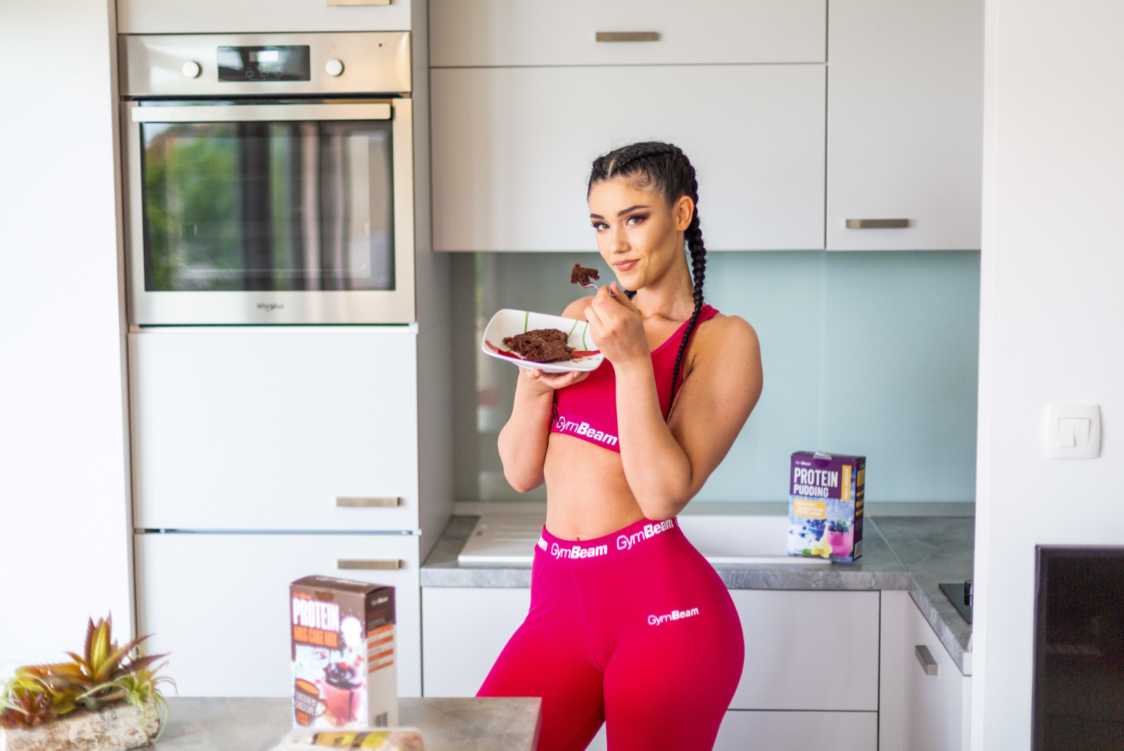
6. Don’t skip meals in the morning hours unless it is a part of your plan
Often in the evening hours food seems to be suddenly more tempting and it is difficult to stay in check. Do you recognize yourself in that? If so, think about what your diet looks like in the morning and early afternoon. It is very common that excessive hunger and cravings in the second half of the day are caused by significantly limiting the amount of food or skipping meals.
To combat hunger and cravings, you can use the following tips:
- Don’t skip the main meals.
- Don’t reduce portions to reduce energy intake. In the afternoon, you probably won’t last, and what you denied yourself in the morning, you will make up for in the evening.
- Don’t exclude carbohydrates or fats, try to follow the full nutritional composition of meals.
Skipping meals and postponing the consumption of the first meal for the afternoon can be okay when a person follows the so-called intermittent fasting. In this case, however, food intake and diet schedule are controlled, and the person probably does not have a problem with uncontrollable hunger and cravings.
7. Eliminate foods with a high energy value
There are certain foods and food groups that simply contain too many calories. These are, for example, highly industrially processed foods with a high content of fat and simple carbohydrates, which have minimal nutritional value (they lack vitamins, minerals, proteins, etc.), such as various sweets, long-lasting salami, etc. Some of these foods may contain useful nutrients, but together with them, you also get an unnecessarily high amount of calories. Since the goal is to reduce energy intake when losing weight, it is important to know about these foods and limit them.
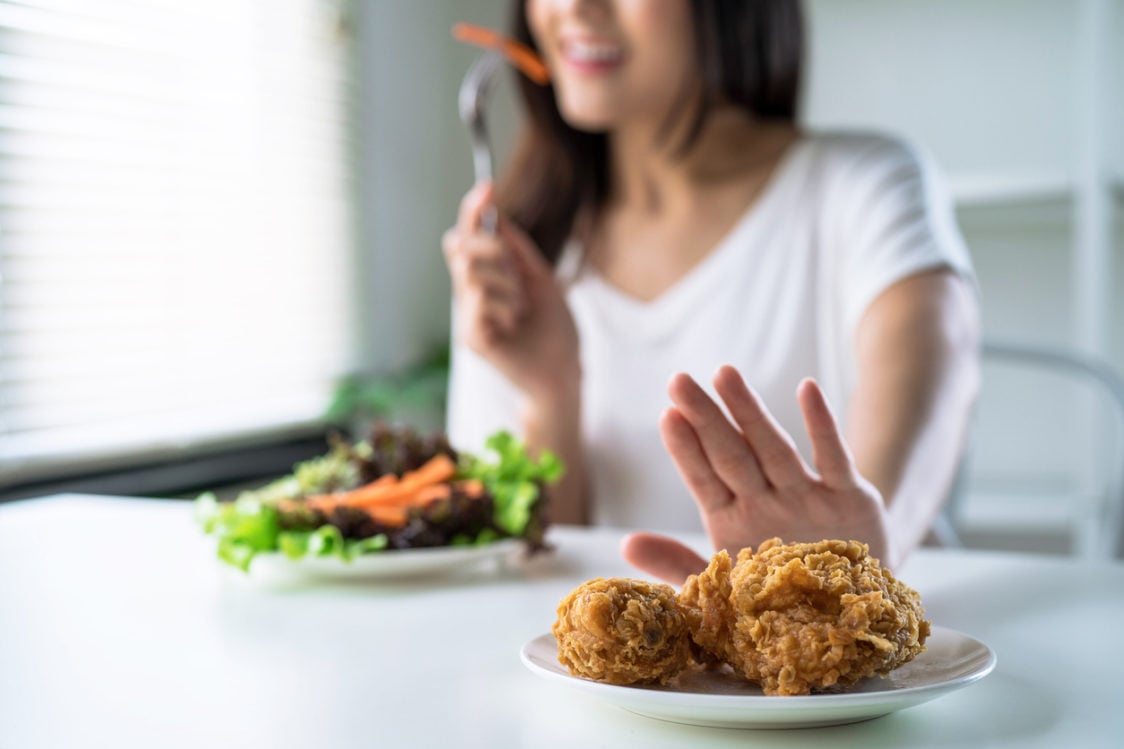
In the following table you will find tips on how to replace these foods
| Unsuitable Food | Suitable Alternative |
|---|---|
| Baked muesli | Muesli, plain flakes (oat, rye, buckwheat, etc.) |
| Sweet breakfast cereals (chocolate balls, etc.) | Cereals made from whole grain flours, such as buckwheat, spelled, etc. |
| Sweetened instant porridge | Plain instant porridge that you sweeten with, for example, flavoured whey protein or chicory syrup and fruit. |
| Nuts coated with and other toppings | Nuts without coating, such as cashews, almonds, pecans, etc. |
| Sweetened creamy yogurts | Plain yogurts with a fat content of up to 4%, flavoured with some jam or fruit |
| Sweetened sour drinks (kefir milk, etc.) | Plain sour drinks, flavoured similar to yogurt, or sweetened with sweetener |
| Salami, sausages, hot dogs | High-quality hams with a meat content of at least 92% |
| Milk chocolate | Chocolate with a higher proportion of cocoa, at least 70% |
| Biscuits, wafers, chocolate bars, etc. | Biscuits with a proportion of wholemeal flour and reduced sugar content, homemade biscuits or bars, protein bars or flapjacks |
8. Don’t drink your calories and base your fluids intake on water
Drinks that contain energy from sugar or alcohol are the first thing that should be at least limited at first, and over time ideally removed from the diet of a person trying to lose weight. In order for you to understand why, we will demonstrate it with an example.
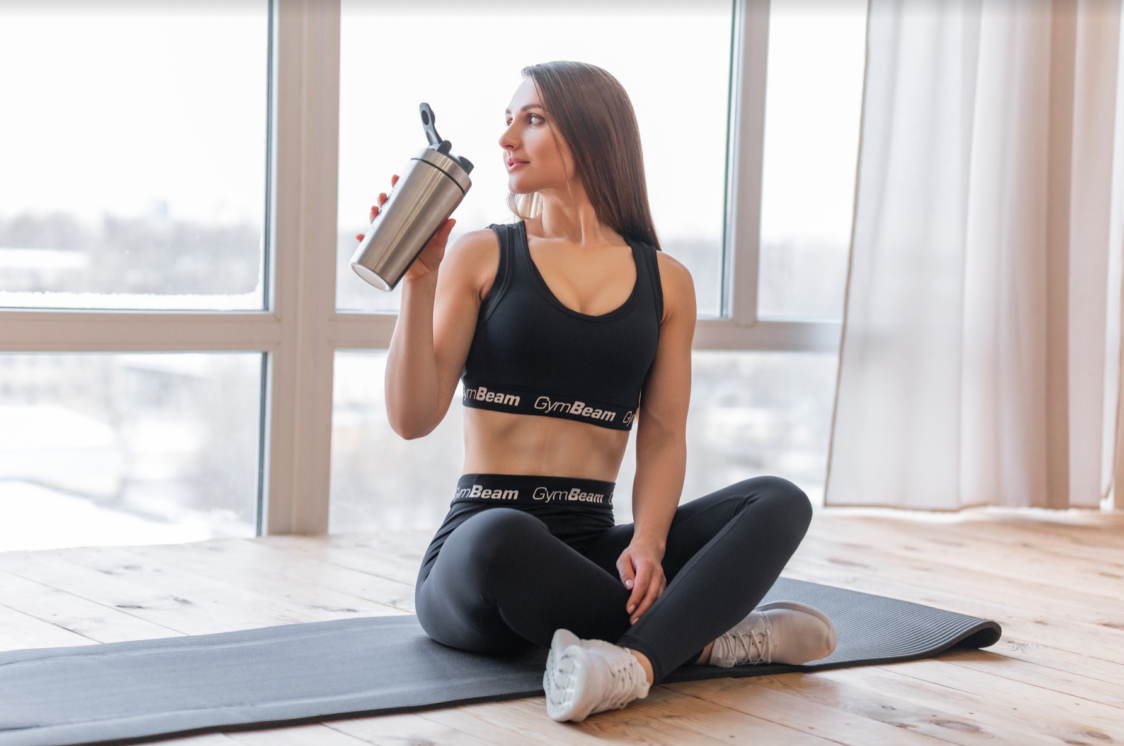
Two friends go out to lunch together, each drinks 0.5 l of liquid with the meal. Lucy orders Coca-Cola sweetened with sugar, Martina chooses water. After lunch, they go to a café, where Martina has unsweetened espresso and water, while Lucy orders a frappé (or similar coffee drink) containing sweet syrup and whole milk and homemade lemonade with syrup. Later, just out of curiosity, they compare what their energy intake was. The results look roughly as follows:
| Martina | Lucy | ||
|---|---|---|---|
| DRINK | ENERGY VALUE | DRINK | ENERGY VALUE |
| Water 0.5 l | 0 kcal | Coca Cola, 0.5 l | 230 kcal |
| Espresso without any sugar or milk | 7 kcal | Frappé 250 ml | 250 kcal |
| Water 0.5 l | 0 kcal | Homemade lemonade 0.3 l | 150 kcal |
The result of the trip is probably a big surprise for Lucy. She received up to 630 kcal in the form of drinks. One large main meal with a piece of chocolate as a dessert can have such an energy value. However, these drinks did not satiate her, so she still indulges in an afternoon snack and dinner during that day, as always. At the end of the day, she will therefore have a 630 kcal higher energy intake than she would have if she chose the same drinks as Martina. If all the drinks are similar to these drinks, the situation is even worse. Funny enough, just by limiting these 630 kcal, she could lose 1 kg of fat in 2 weeks (1 kg of fat has an energy value of approx. 8,200 kcal).
If you want to learn more about this topic, read our article Where Are Liquid Calories Hiding, and How Do These Empty Calories Prevent You from Losing Weight?
9. Get a good night’s sleep
An often neglected and underestimated aid for losing weight is a long and high-quality sleep. Sleep affects the production of hormones, which are responsible for inducing feelings of hunger and satiety. Leptin tells us that we are full and should stop eating. The hormone ghrelin is responsible for signalling feelings of hunger. The problem is that a sleep-deprived person has lower levels of leptin and thus a lower feeling of satiety. On the contrary, ghrelin is secreted in larger quantities and induces a greater feeling of hunger.

However, lower satiety and hungriness do not correspond to your actual needs at all. As a result, due to lack of sleep, you take in more energy than you actually need. [2]
If you want to learn more about this topic, read our article Sleep: The Most Effective Energy Booster and Fat Burner.
How to increase daily energy expenditure?
Losing weight does not only depend on whether you purposefully exercise or not, but also on how active you are throughout the day.
Here are some tips to increase your daily activity:
- If you have a sedentary job, take a short walk (even 10-15 minutes counts) before coming to work/university.
- During working hours, stand up several times, walk around the building, around the campus…
- Instead of using public transport for the whole way, walk a few stops.
- Replace the elevator with stairs.
- Be active at home as well, cleaning or working in the garden also counts.
- Help yourself with a step counter and set a goal of 10,000 steps a day. This amount is a suitable reference value for a healthy adult.
- Ideally, include purposeful exercise in the form of aerobic or strength training, preferably a combination of them.
- Try fat burners to speed up your metabolism. Our article How to Choose the Most Effective Fat Burner and How to Use It? will help you with your choice.
You can also find more information on how to reduce your weight in the article What Is the Most Important Factor in Losing Weight.
What should you remember?
You don’t need to count calories to lose weight. However, in order for your energy intake to be lower than your expenditure, you should follow a few simple rules. Follow a regular meal plan of several meals a day, between which you won’t snack. Prepare meals containing all nutrients – good help can be following the so-called healthy plate or simply using the size of your hand. Limit foods with too much energy and drinks containing sugar and alcohol. Last but not least, focus only on food when eating, do not neglect sleep and exercise enough.
[1] BOSTON, 677 Huntington Avenue - Healthy Eating Plate – https://www.hsph.harvard.edu/nutritionsource/healthy-eating-plate/
[2] DASHTI, H.S. et al. Short Sleep Duration and Dietary Intake: Epidemiologic Evidence, Mechanisms, and Health Implications – https://www-ncbi-nlm-nih-gov.ezproxy.muni.cz/pmc/articles/PMC4642416/
[3] National Heart, Lung, and Blood Institute - NHLBI Obesity education initiative expert panel on the Identification, Evaluation, and Treatment of Overweight and Obesity in Adults. Summary of Evidence-Based Recommendations – https://www.ncbi.nlm.nih.gov/books/NBK2003/
[4] Brian St. Pierre, MS, RD - Hand Portion FAQ: A Guide from Precision Nutrition. In – https://www.precisionnutrition.com/hand-portion-faq

